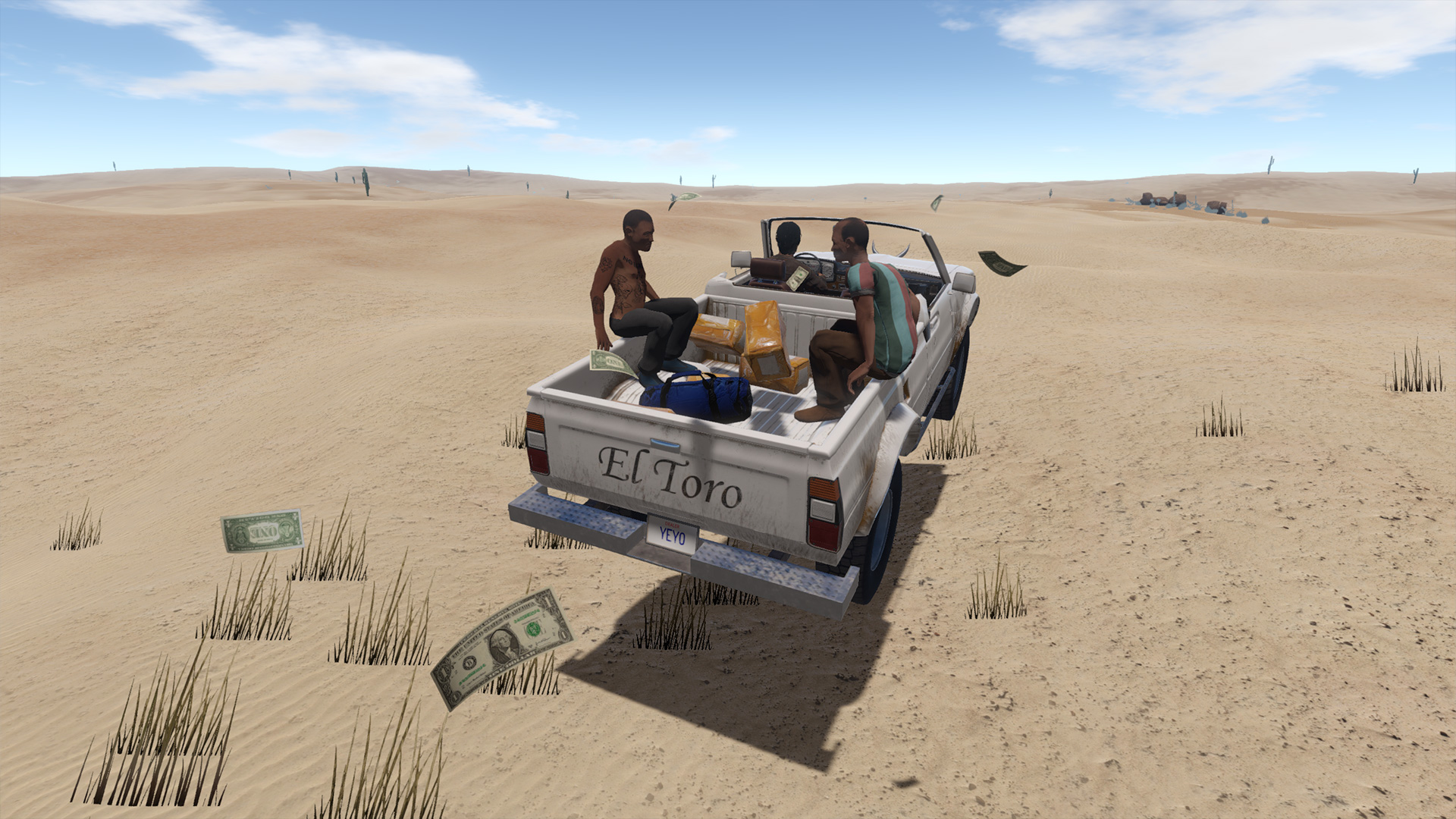
The tone of the notes was hardly better than that of pure sine waves.
Guts and glory game soundtrack how to#
Later, programmers figured out how to use all four channels for music, having one drop out just for the moments sound effects were needed. The early games used three channels for music, and reserved the fourth for sound effects. This basically meant that the machine could produce four simultaneous sounds. The original Nintendo system could produce one sine, one noise, and two pulse-wave voices, with one voice channel of 7-bit delta-modulated sample playback (Dennen, 51). The history of game music begins in earnest with the Nintendo Entertainment System, the first widely popular home video game machine. I will look at its history, make observations about its style, look at the challenges of creating the music, and finally examine current trends in soundtrack production. In this paper, I intend to take a cursory overview of this emerging genre. However, American record companies and game companies are poised to turn game soundtracks into marketable commodities, in a distinctly American fashion. The music is scoffed at in the United States, while in Japan video game soundtracks are among some of the top selling albums. It is a world in which eastern musicians, greatly influenced by western music, compose music for an eastern audience, which is later sold back to the west. This is the strange world of video game music. In Japan, however, arrangements of Koji Kondo's melodies are performed by the Tokyo Symphony Orchestra to overflow crowds.

Yet, you will not find his work, or any other video game music soundtrack, in American record stores. His music is more widely known than the tunes of many multi-platinum recording artists. music is Koji Kondo, a lifelong resident of Japan who does not speak a word of English. (In contrast, 50% of the people who knew the theme to Star Wars, a soundtrack in another industry of comparable classic status, could also identify its composer.) The man who composed the Mario Bros. However, not one of the people surveyed could name the composer of this music. It is not then surprising that 66% of college students know the theme song to Super Mario Brothers. Over the course of their childhoods, youngsters can therefore be expected each to play close to 2,000 hours of video games. The Kaiser Family Foundation recently reported that children ages 2 through 18 spend an average of 20 minutes a day playing video games, and 33% of them have a video game system in their rooms (Edwards). It is predicted that this year, video games will pull in more revenues than movies. Sony's video game division was responsible for 40% of the parent company's profits last year more than any other single division, including movies and music. And each of these systems is capable of playing hundreds of different games. Still, that's an impressive figure one out of every six U.S. Of course, the technology is upgraded every five years, and so only 38 million of these consoles are still having games designed for them. Over 115 million video game systems have been sold in the United States alone since 1985. And that was a record year for the motion picture industry. The video game industry earned $6.3 billion last year in the United States, compared with the $6.9 billion earned by movies over the same time period. Today, 66% of college students polled can hum its melody, even though many of them haven't played the game for years (Belinkie). would be released, and its tunes would become ingrained on the brain of every American child to an extent few rock stars could match. Only three years later, Super Mario Bros.

The title was "You Can't Hum a Video Game." Although his main point was correct in that video games have not rendered recorded music obsolete, his title was dead wrong. In 1982, Clive Davis, president of Arista Records, wrote an editorial in Billboard refuting an industry fear that video games would drive the music industry out of business. Video game music: not just kid stuff Video game music: not just kid stuff Matthew December 1999


 0 kommentar(er)
0 kommentar(er)
